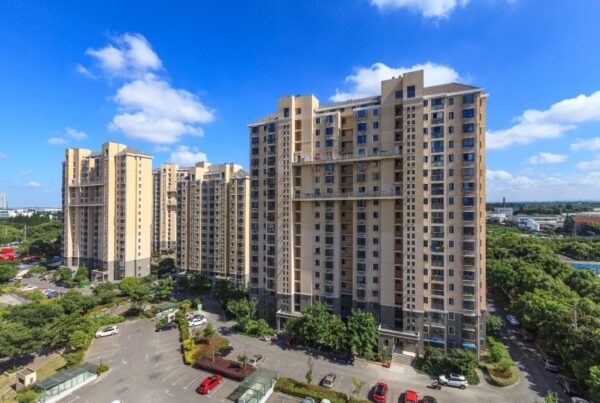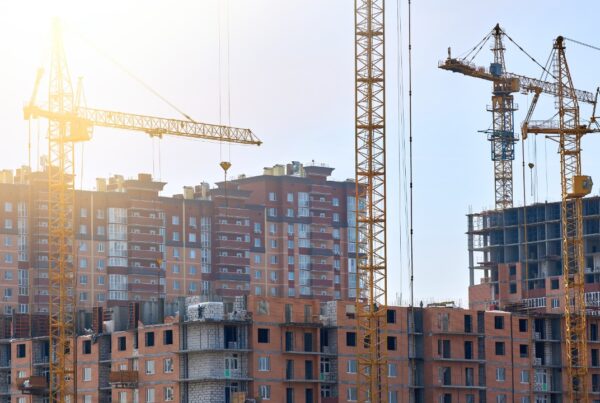Purchasing a home is always a vision come true for most individuals. The Indian government has always been keen to encourage citizens to capitalize on real estate. This is why a house loan makes the grade for a Section 80C tax deduction. So, when you buy a house with a home loan, you get a slide of tax breaks that cut your tax bill considerably.
Various schemes, such as the Pradhan Mantri Jan Dhan Yojana, are shining a bright light on the Indian housing sector by attempting to address issues of affordability and accessibility. This article will go over all of the home loan tax breaks.
Deduction on Interest paid on a home loan during the pre-construction period:
Assume you purchased an apartment in Adyar, an under-construction property but have yet to move in. Though you are paying the EMIs, your eligibility for an Interest deduction on a home loan starts only after construction is finished or if you buy an entirely constructed property. The principal on a home loan is included in Section 80C of the Income Tax Act. Individuals are entitled to tax deductions under this section for the amount paid as principal repayment on a housing loan. Under the regulations of section 80C up to Rs. 1.50 lakh of tax deduction can be claimed.
So, this doesn’t mean you won’t get any tax breaks on the Interest you pay between the time you borrow the money and the time you finish building apartments in Adyar. Let’s discuss the reason behind this.
- The deduction of tax for the pre-construction interest period is allowed by the Income Tax Act.
- Other than the deduction you are eligible to claim from your house property income, a cut in five instalments starting with the year the property is taken or when the construction is finished is allowed. However, the maximum eligible amount remains at Rs 2 lakh.
- For instance, suppose you have a home loan for construction and pay Rs 10,000 in Interest each month.
- After 2 years of building, let’s say the house was completely built. As a result, you can only begin claiming the pre-construction interest of approximately Rs 2.4 lakh paid by you after the construction is completed in five equal instalments starting in 2019.
Interest remunerated on a home loan is deductible:
If you’re planning to purchase an apartment in Adyar, a house loan is the first and foremost requirement. If it is used for the renovation work of the home, it must be finished within five years of the termination of the financial year in which the loan was taken. If you pay an EMI for a home loan, it has various components.
- Payment of Interest Principal re-payment on buying luxury flats in Adyar.
- Section 24 permits you to deduct the interest percentage of your EMI disbursements for the year up to Rs 2 lakh from your total income.
- Even if you are taking up a self-occupied house property, the maximum tax deduction for Interest paid will also be Rs 2 lakh.
- There is no upper limit for claiming Interest on rented property.
- However, the total loss claimed under the heading ‘House Property’ is limited to Rs 2 lakh.
- This tax cut or deduction is accessible starting with the year in which the house is completed built.
Principal repayment deduction:
Section 80C also allows a tax deduction for the principal amount of the EMI paid. In this procedure, an overall amount of Rs 1.5 lakh can be claimed. So, if you want to claim this deduction you can not be sold the house within five years of possession. If you’re overdrawing this rule, the previous deduction will be supplementary back to your income in the year of sale.
Stamp duty and registration fees are deducted:
In addition to the deduction for principal repayment, a deduction for stamp duty and registration charges can be claimed under Section 80C, but only up to Rs 1.5 lakh. However, it can only be requested in the year in which the expenditures are sustained.
Section 80EE provides an additional deduction:
If you are purchasing a luxury apartment in Adyar as a homebuyer is eligible for an additional deduction up to Rs 50,000 under Section 80EE. The subsequent circumstances must be met in order to request this deduction. The amount of loan you’re taking must be around Rs 35 lakh or less, and the value of the home or the property should not exceed more than Rs 50 lakh.
- The individual must be a first-time homebuyer as of the date of approval of the loan and the individual must not own any other houses.
- Section 80EE was reintroduced, but only applicable to loans approved before 31 March 2017.
- Budget 2019 has introduced an additional deduction under Section 80EEA for homebuyers of up to Rs 1,50,000 to promote the housing sector.
Deduction for a joint mortgage:
If the loan is taken jointly, each loan holder can claim a deduction in their tax returns for home loan interest up to Rs 2 lakh and principal repayment under Section 80C up to Rs 1.5 lakh. To be eligible for this deduction, they must also be co-owners of the property lent. As a result, if you take out a loan with your family, you will be able to claim a more considerable tax benefit.
Conclusion
Following the pandemic-induced slowdown, real estate demand, in the residential segment, is reviving. With the presentation of the Union Budget 2022-23, Real Estate is expected to receive support from the government. The proposal of Govt. allowing salaried people to deduct second home purchases and interest costs. They must ensure and maintain low-interest rates on housing loans for at least the next 4-5 years.



